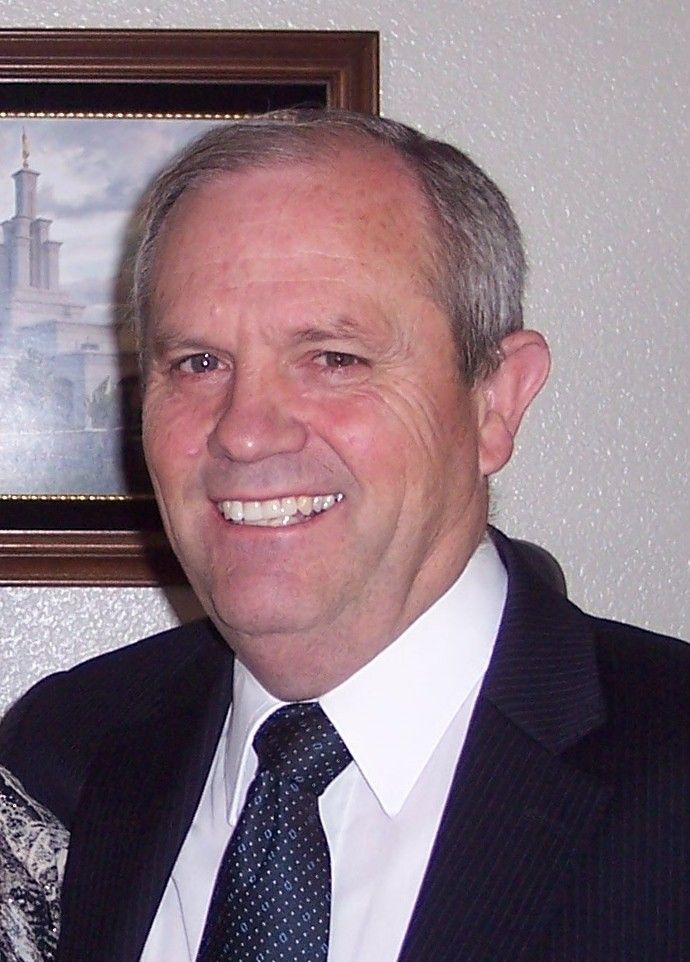Visual Sample Plan (VSP) Comprehensive Training
Everything you need to know about VSP for sampling and statistical analysis
- How Many Samples or Transects Do I Need?
- Where Should Samples/Transects Be Located?
- How Can I Ensure a Defensible Documented Technical Basis for My Sampling Plan?
- How Can I Perform Valid Statistical Analyses to Support Confident Decisions?
This course will provide the answers to these questions and will cover all VSP features and modules including the Unexploded Ordnance (UXO) site modules. The course (see Class Curriculum below) covers systematic planning, statistical concepts, maps and site setup, and many sampling design and data analysis options. Sampling requirements and data analyses for mean comparisons, hotspot detection and delineation, spatially and temporal data, radiological surveys, indoor/outdoor applications, and item sampling are covered. MARSSIM related options are also discussed. Simple random, systematic grid, sequential, composite/multiple increment, stratified, and combined judgment and probabilistic sampling approaches will be addressed. Many hands-on case studies will be performed to introduce all features and methods. This course is ideal for regulators, environmental site project managers, sampling plan developers, industrial hygienists, Chemical/Biological/Radiological/Nuclear (CBRN) response planners, or others who need to ensure optimal sampling to support confident decisions. All sections of the 4 Day VSP course are covered.
Each participant will be required to have the latest version of VSP downloaded from http://vsp.pnnl.gov/. No previous VSP experience is required.
VSP is a free software tool, developed by Pacific Northwest National Laboratory with support from several US and UK government agencies (DOE, EPA, DHS, CDC, DoD, NRC, UK-AWE, UK-GDS), that supports the development of a defensible sampling plan based on statistical sampling theory. VSP also performs statistical analyses of sample results to support confident decision making. VSP couples site, building, and sample location visualization capabilities with optimal sampling design and statistical analysis strategies. VSP helps determine the number of samples needed and performs statistical analyses. VSP is currently focused on design and analysis for the following applications.
-- Environmental Characterization and Remediation
-- Environmental Monitoring and Stewardship
-- Response and Recovery of Chemical/Biological/Radiation Terrorist Event
-- Footprint Reduction and Remediation of Unexploded Ordnance (UXO) Sites
-- Sampling of Soils, Buildings, Groundwater, Sediment, Surface Water, Subsurface Layers and Items.
Your Instructor

Mr. Pulsipher managed the technical and business development of VSP for 15 years. He has conducted over 60 VSP courses and consulted on numerous VSP applications. He has an Master of Science Degree in Statistics from BYU. He managed a group of 30 Statisticians and Mathematicians for several years at Pacific Northwest National Laboratory before focusing on Program Management responsibilities the last 15 years of his 31 year career at PNNL. He is currently the owner of VSP Training LLC.
